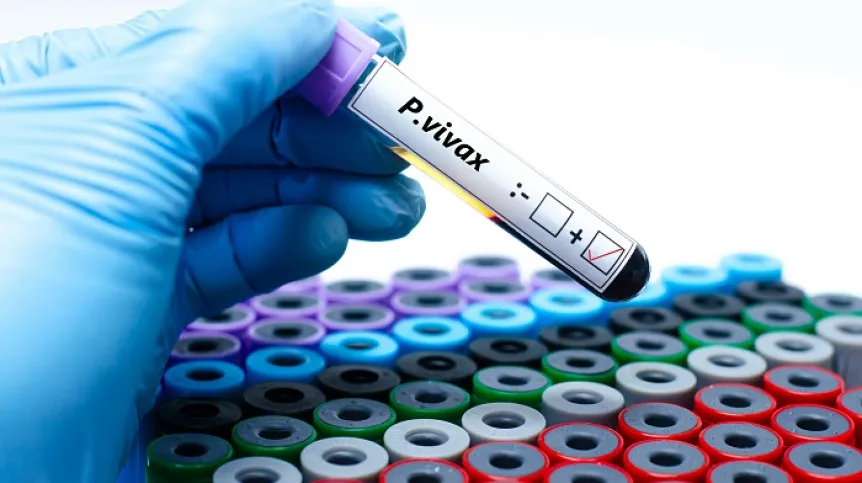
Malaria is the most common infectious disease in the world. Fighting one of its forms is the goal of the international research consortium PvSTATEM. Scientists from the Warsaw University of Technology joined in the work, the university reports.
Researchers from the Warsaw university want to develop new computer software that will enable the prediction of malaria transmission at the population level, and assessment of the impact of the method developed as part of the project on the course of infections.
Malaria is a parasitic disease caused in humans by five species of a protozoan from the genus Plasmodium. One of these species is Plasmodium vivax. It may live in liver cells in the form of hypnozoites - dormant stages. Thanks to this, the parasite is able to survive in the body for a longer time, for example during cold seasons when there are no mosquitoes that can transmit the protozoan from human blood to further hosts. However, hypnozoites make the fight against Plasmodium vivax more difficult.
The hepatic stages are currently undetectable and may reactivate within weeks or months of initial infection, causing recurrence of symptoms of infection. The parasites that enter the blood this way cause the disease and enable its further transmission from humans to mosquitoes.
In 2022, the international consortium PvSTATEM (P. vivax Serological Testing and Treatment in Ethiopia and Madagascar) started a project aimed at developing a new solution for the control and elimination of malaria caused by Plasmodium vivax.
Scientists have developed a diagnostic test to measure antibodies against selected Plasmodium vivax antigens. Thanks to it, the patient can find out whether they have recently had an infection with this particular species of Plasmodium. If so, they may be a carrier of hypnozoites (and, in the event of further mosquito bites, become a source of further infections). Infected people can be referred to treatment with primaquine, a malaria drug that also effectively removes hyponzoites and prevents recurrence of the infection. PvSeroTAT, a combination of an innovative diagnostic test and primaquine treatment, is an idea for the control and elimination of P. vivax malaria, the project representatives report.
In the next steps, the consortium members will conduct clinical trials in Ethiopia and Madagascar to evaluate the effectiveness of PvSeroTAT. They will also check whether the solution is accepted by the community and the people and institutions forming the health care system. Another part of the project is the development of mobile health technologies to facilitate the implementation of P. vivax serological tests and primaquine treatment.
The consortium plans to develop a machine learning method for population-level malaria surveillance. Scientists from the Warsaw University of Technology, which has just joined PvSTATEM, will help in this task. Professor Przemysław Biecek and Dr. Nuno Sepúlveda from the Faculty of Mathematics and Information Sciences will be involved in the project.
'We will use mathematical modelling, machine learning tools and digital technologies to create new computer software that will enable prediction of malaria transmission at the population level, and assessment of the impact of the PvSeroTAT method,’ says Professor Biecek.
The interdisciplinary consortium PvSTATEM consists of nine partners from Europe, Africa and Australia: the Pasteur Institute in Paris, the London School of Hygiene & Tropical Medicine, the Amauer Hansen Research Institute in Ethiopia, the Pasteur Institute in Madagascar, the University of Galway in Ireland, the Foundation for Innovative New Diagnostics in Switzerland, the Italian association MEDEA, the Walter and Eliza Hall Institute in Australia and the Warsaw University of Technology.
The project will continue until 2027. Find out more on the consortium's website.
PAP - Science in Poland
lt/ bar/ kap/
tr. RL












